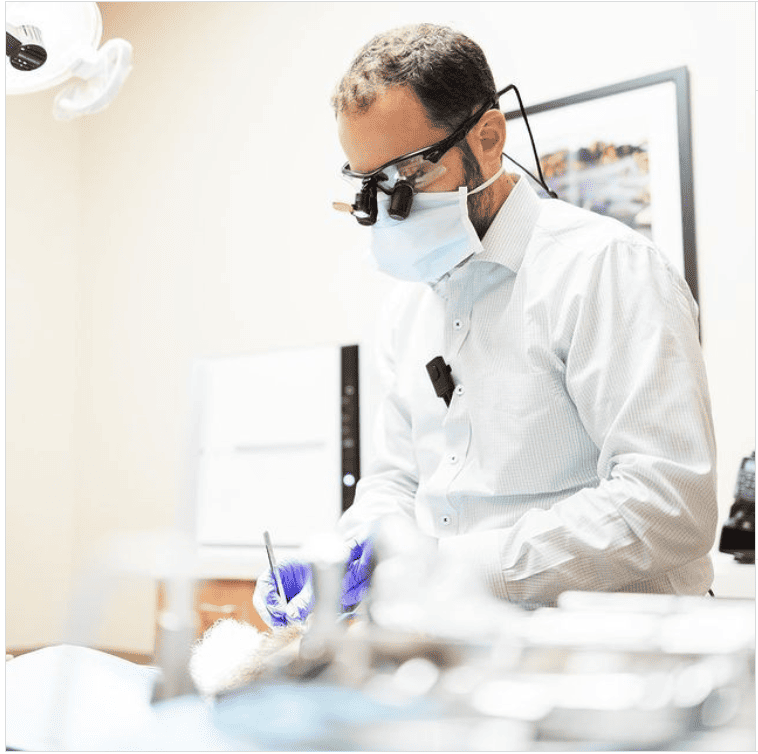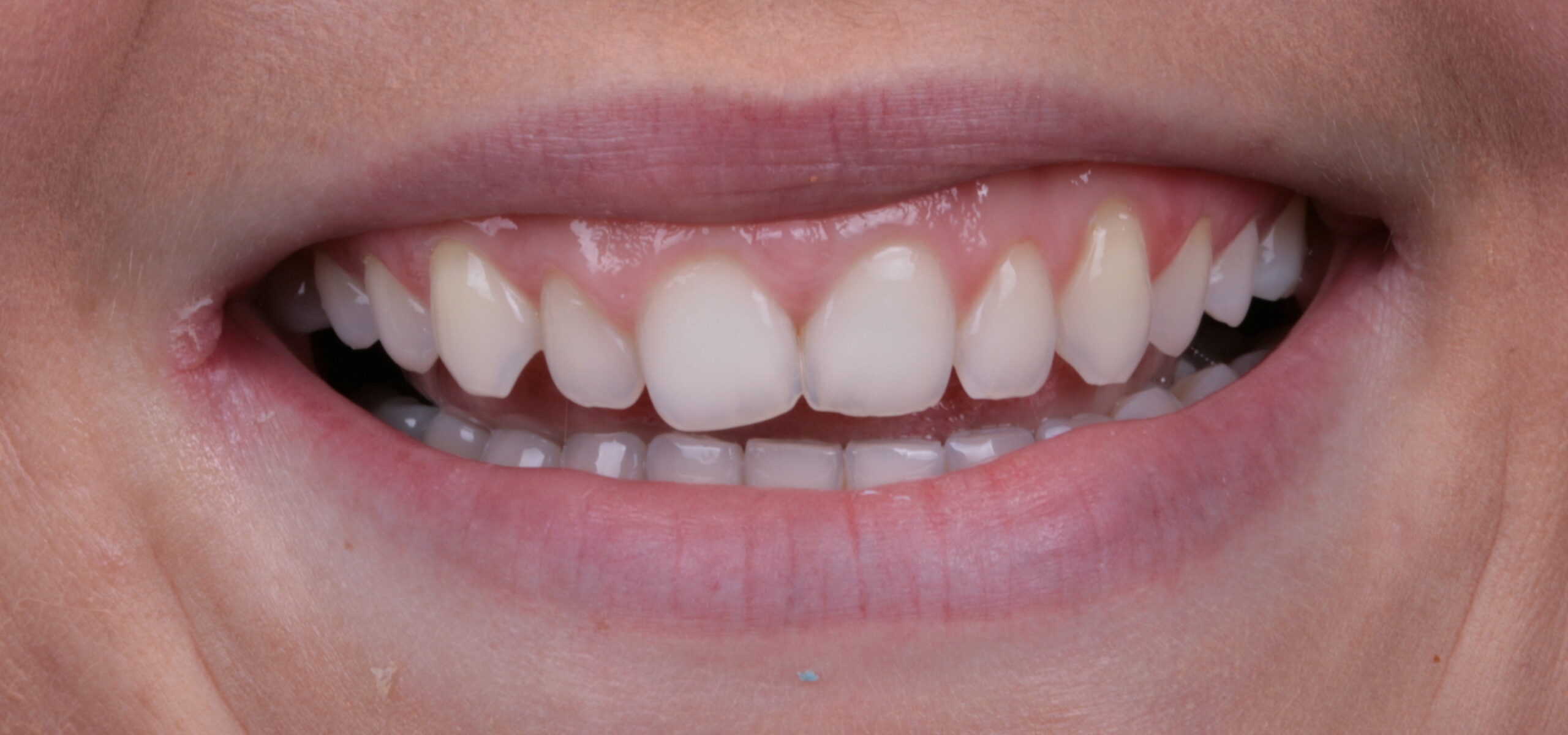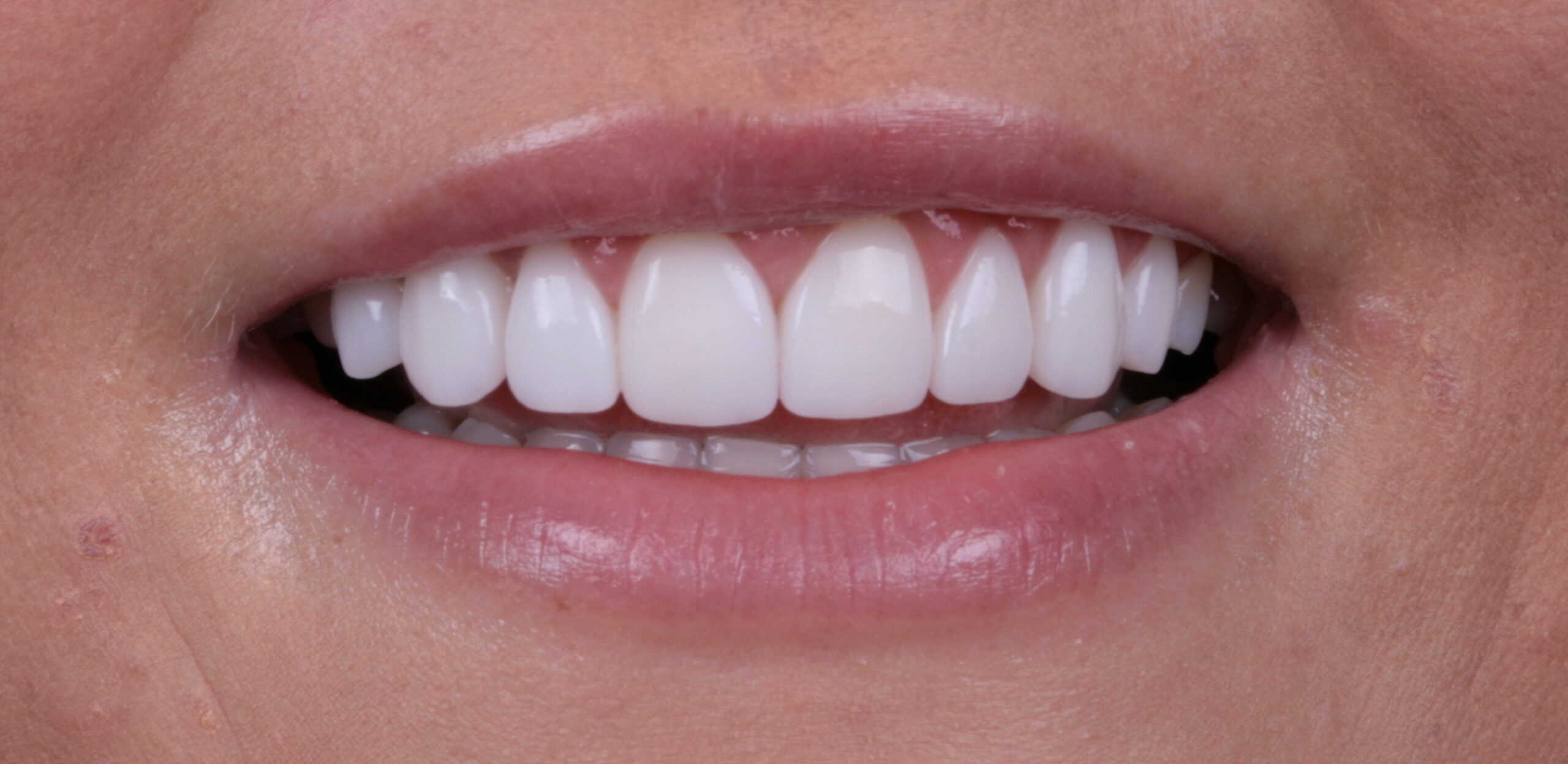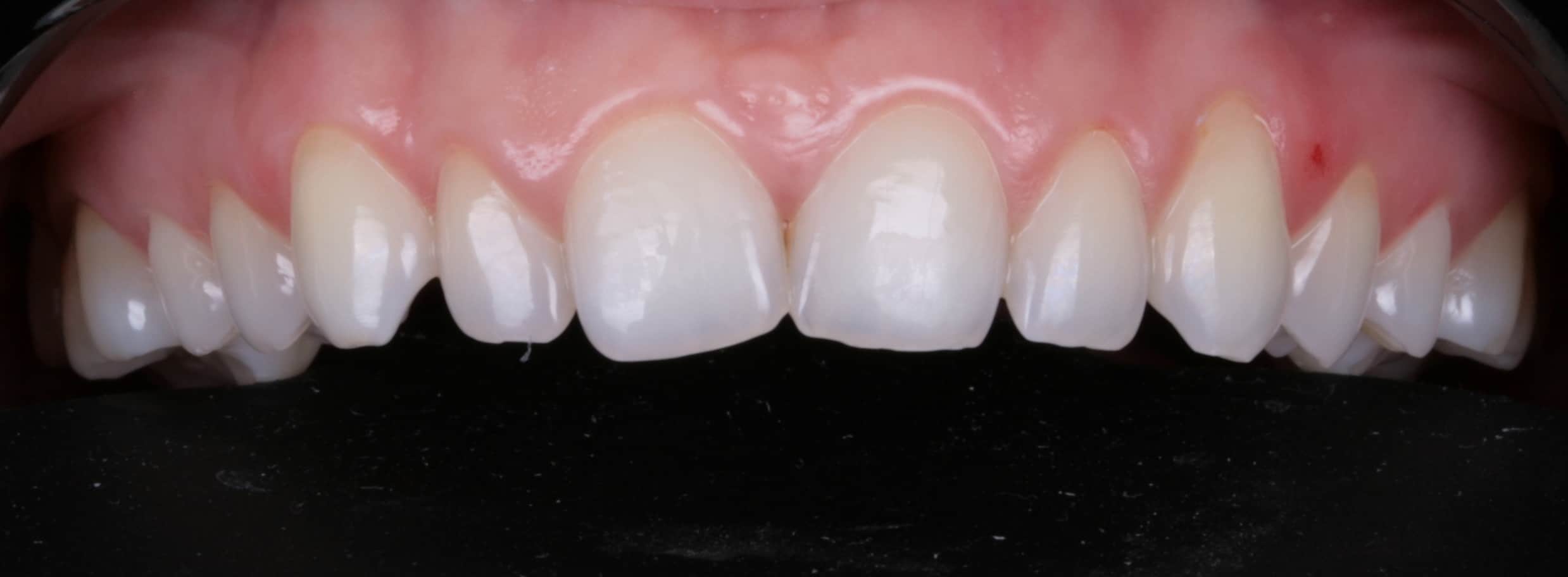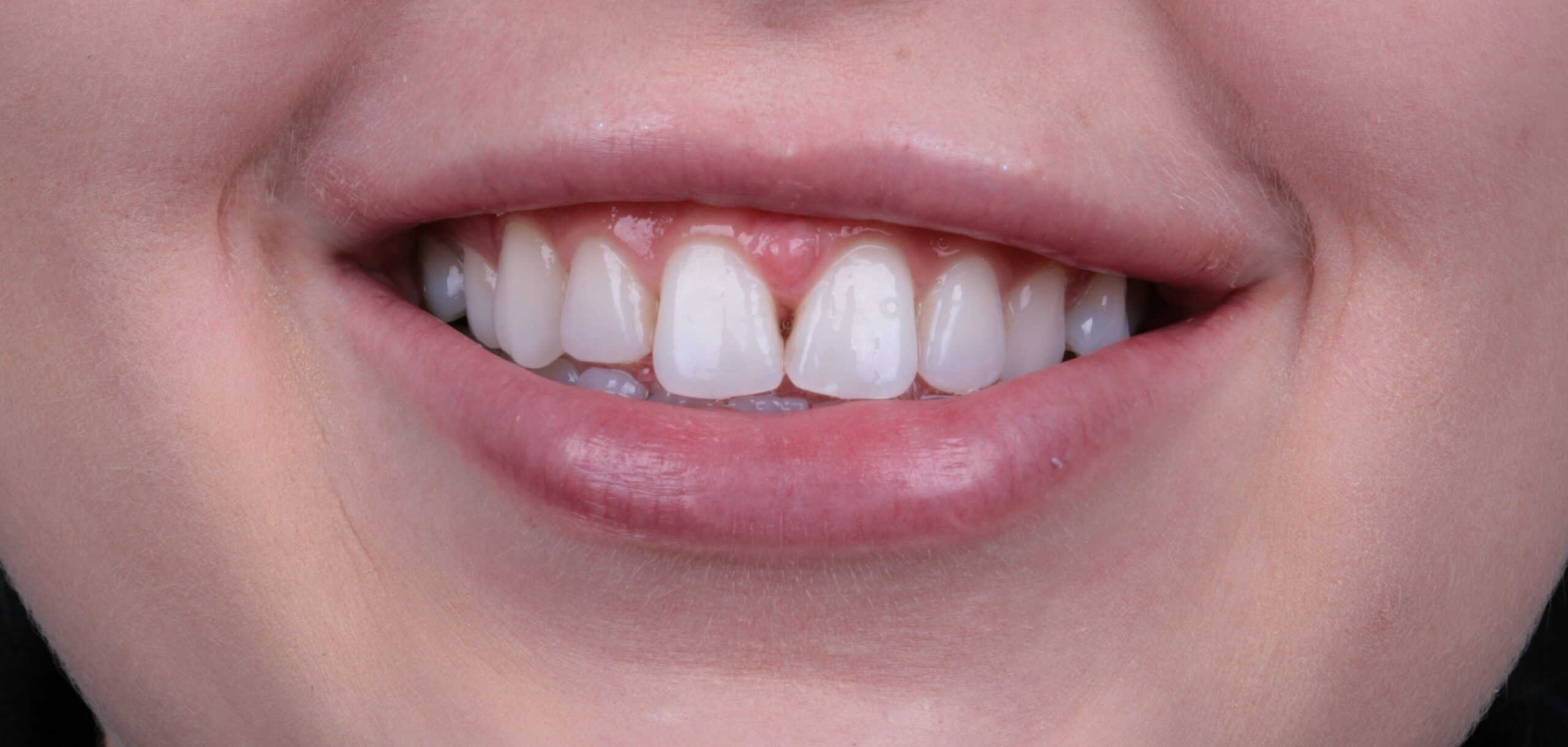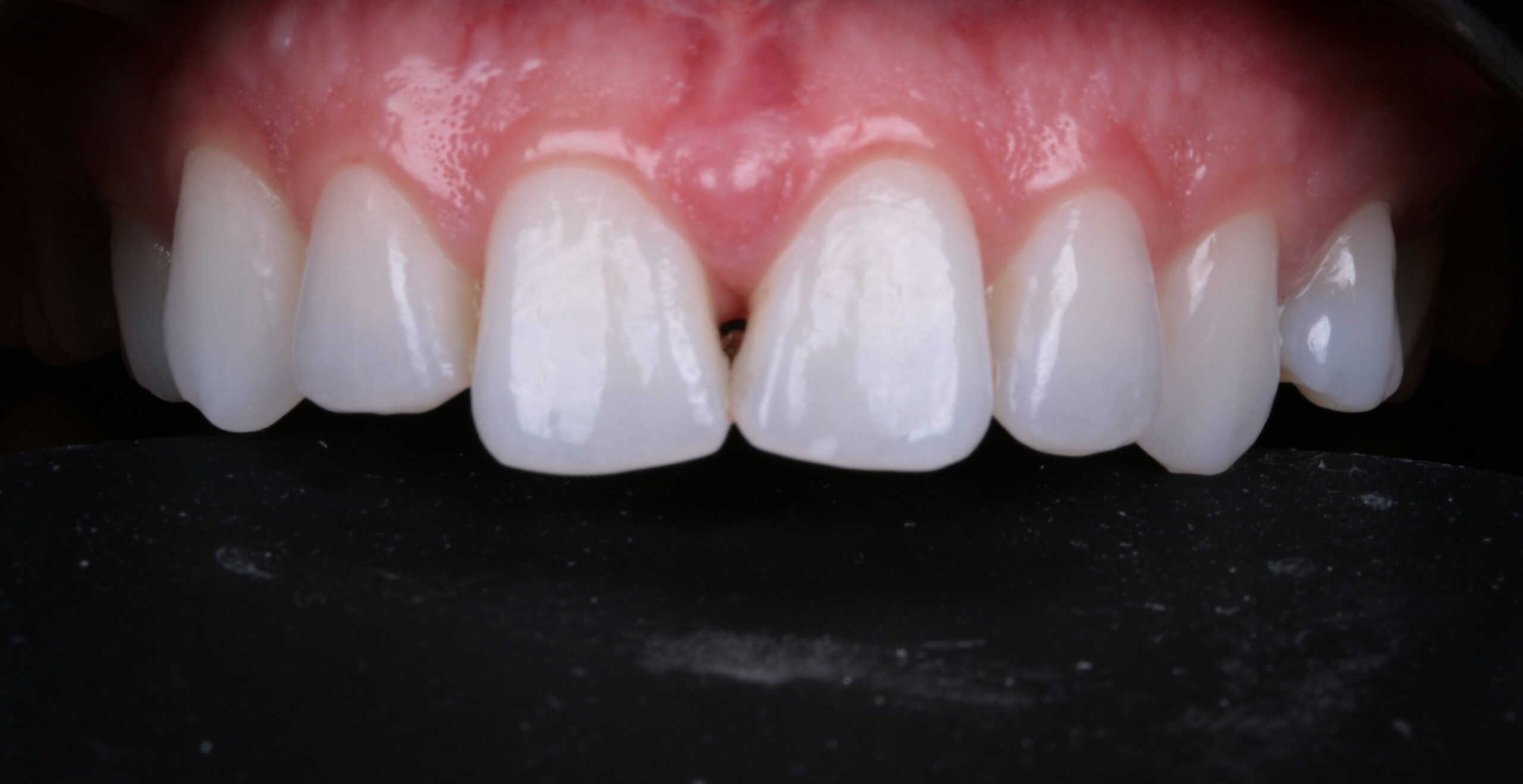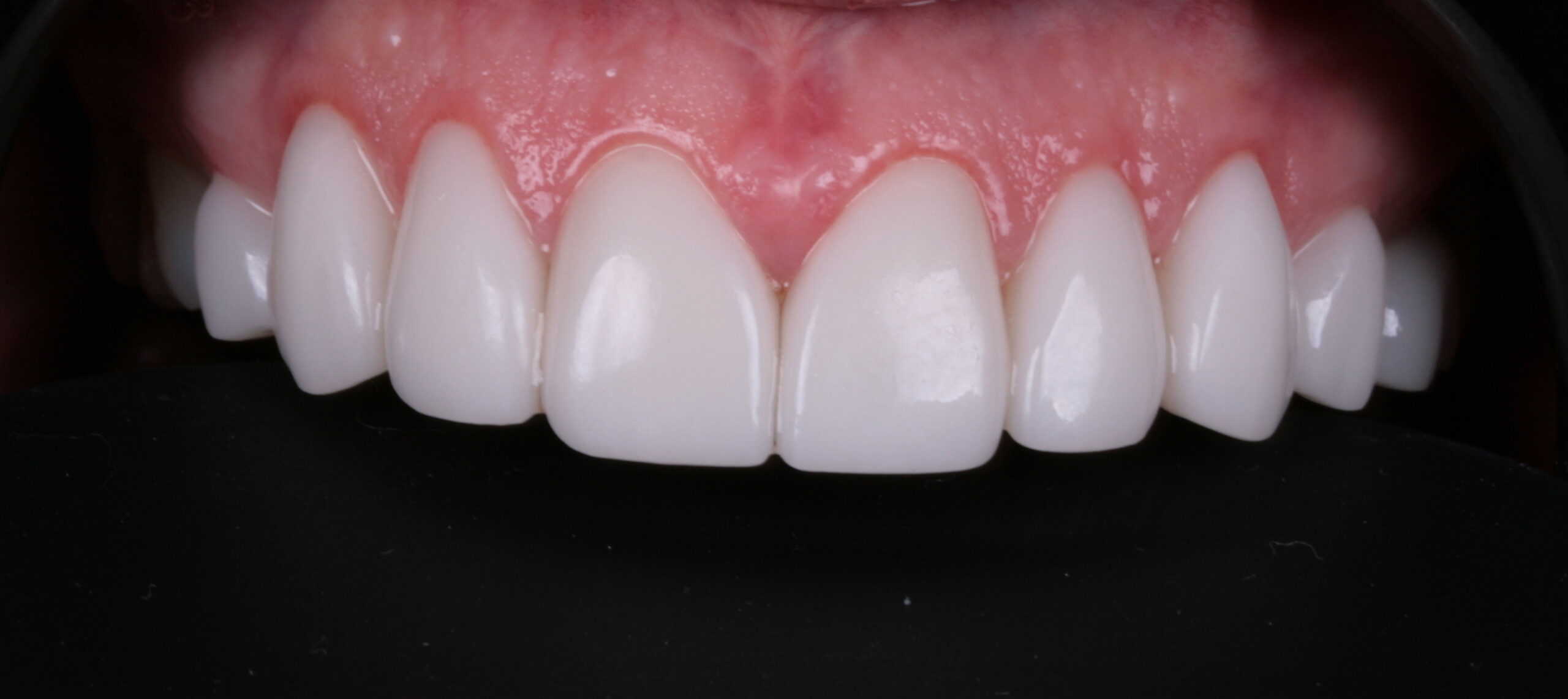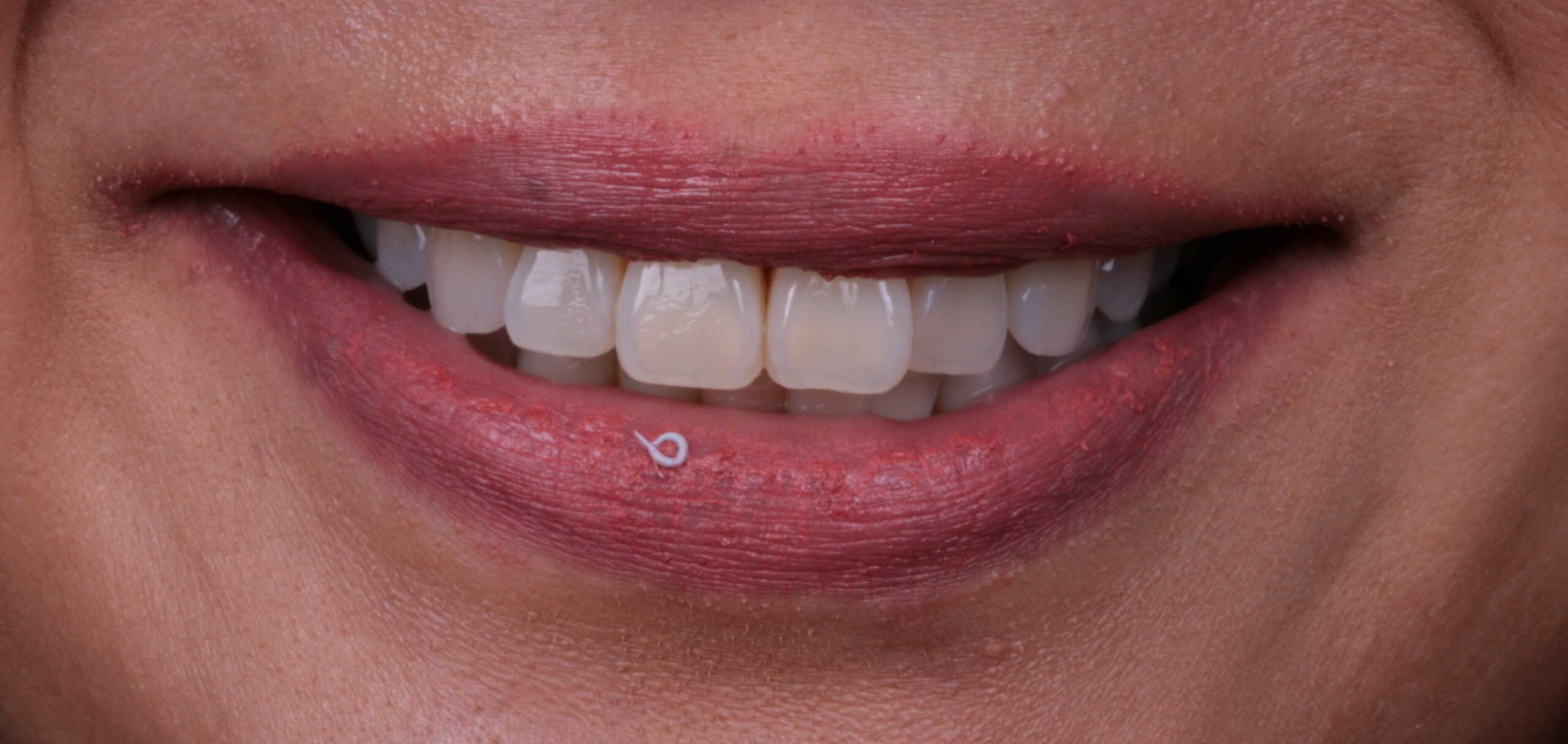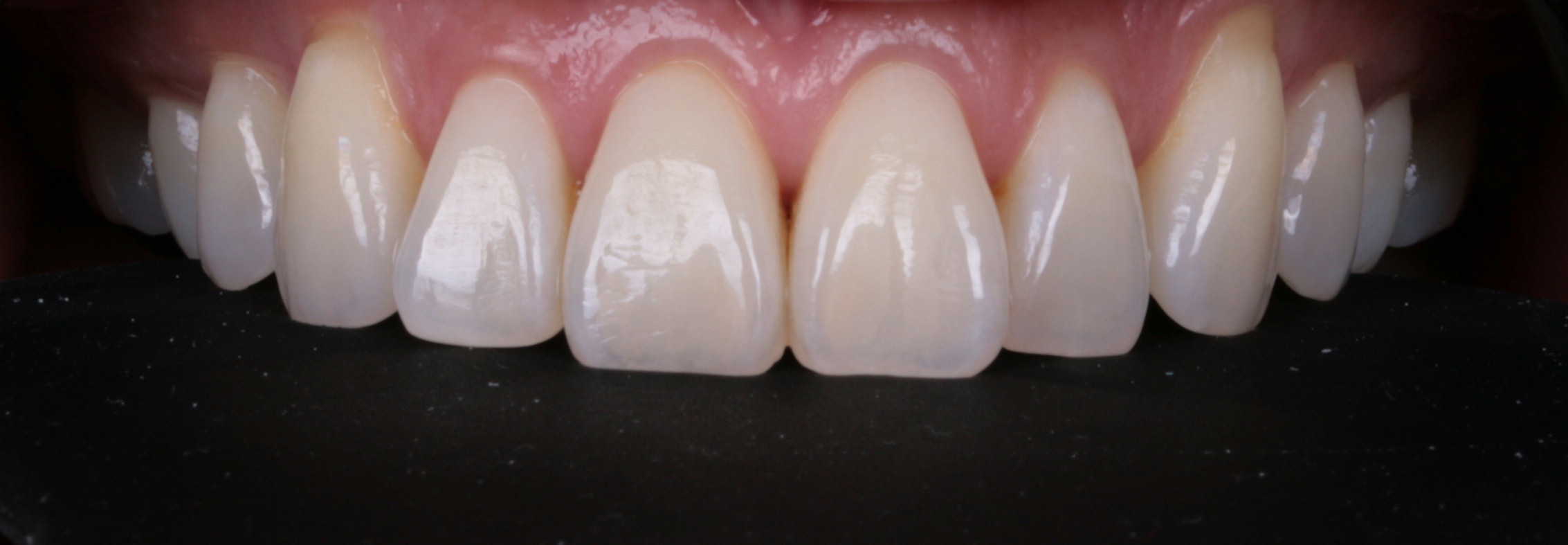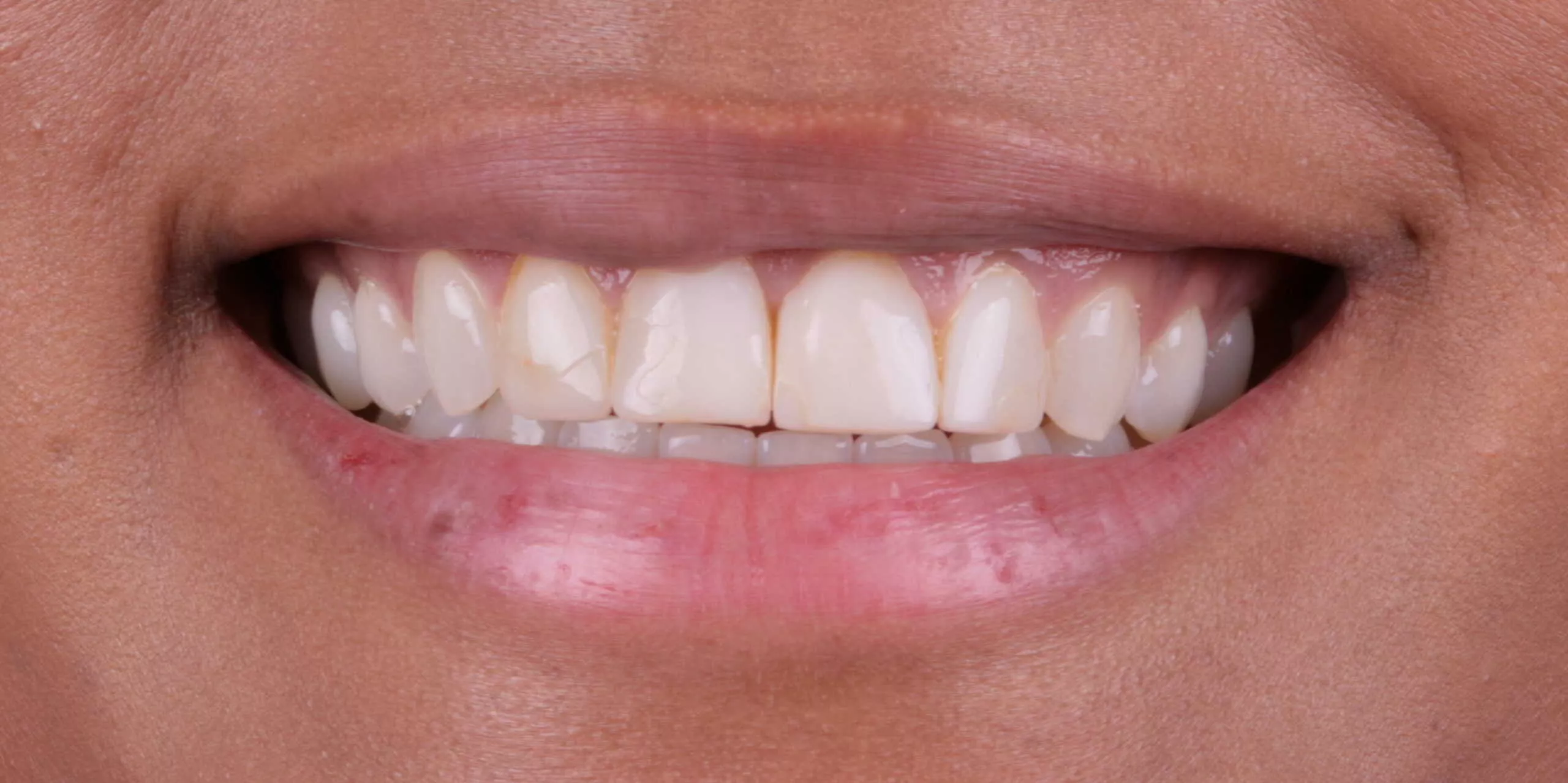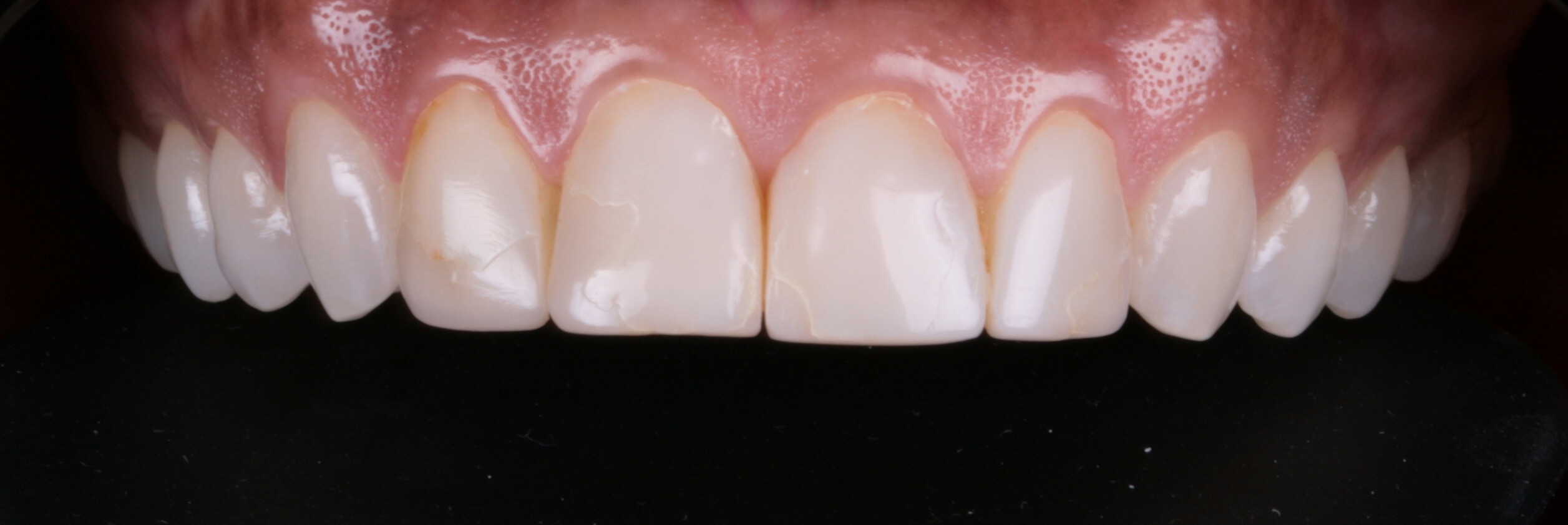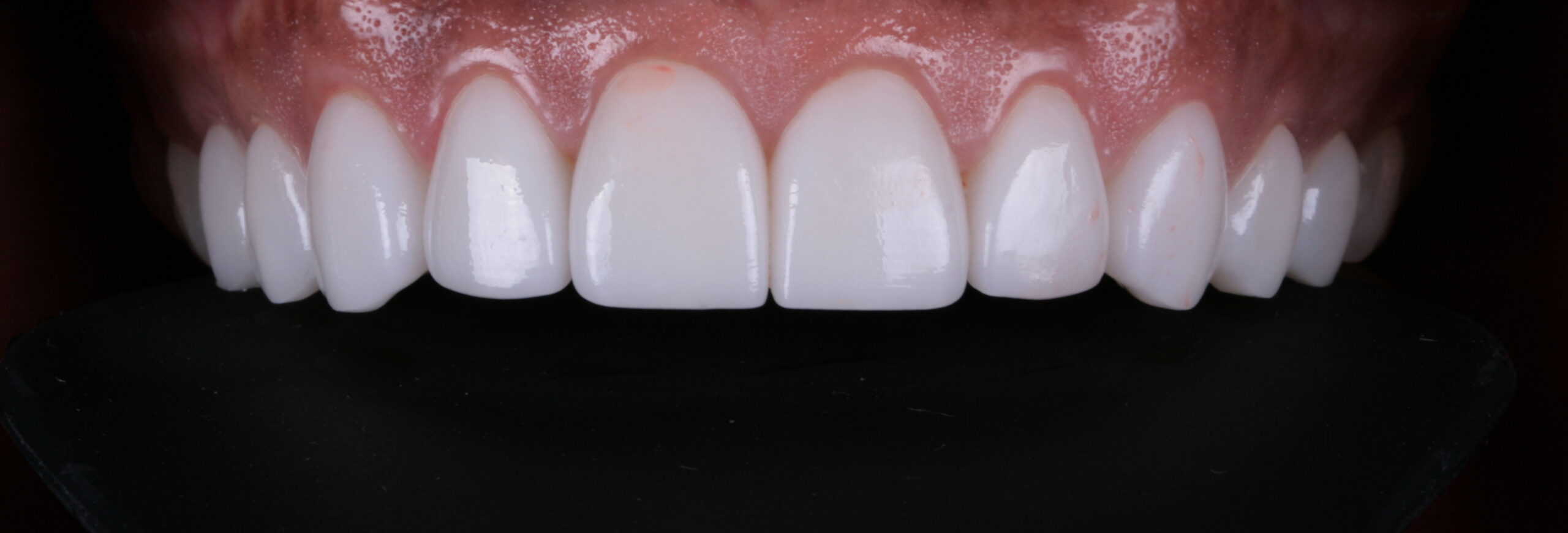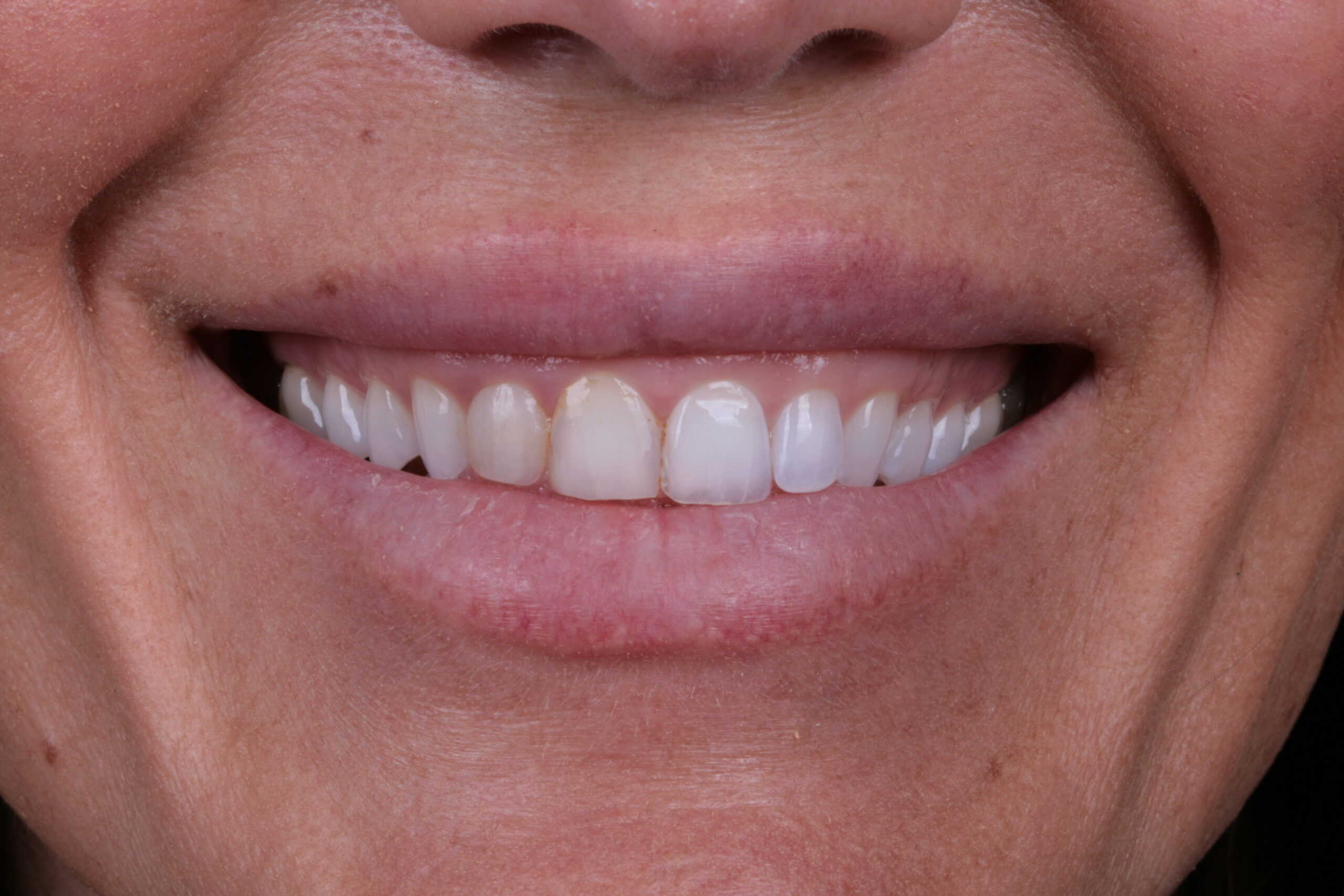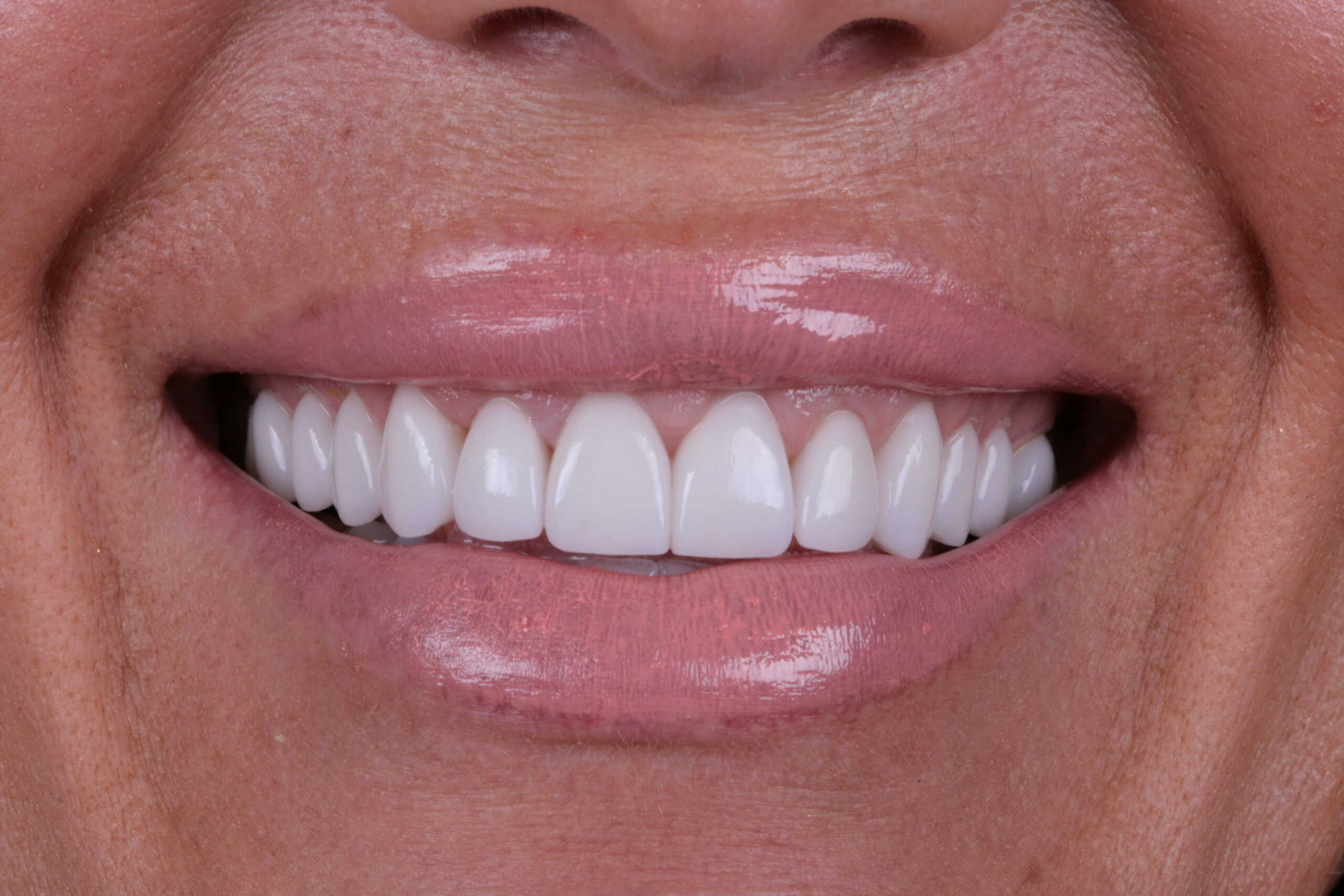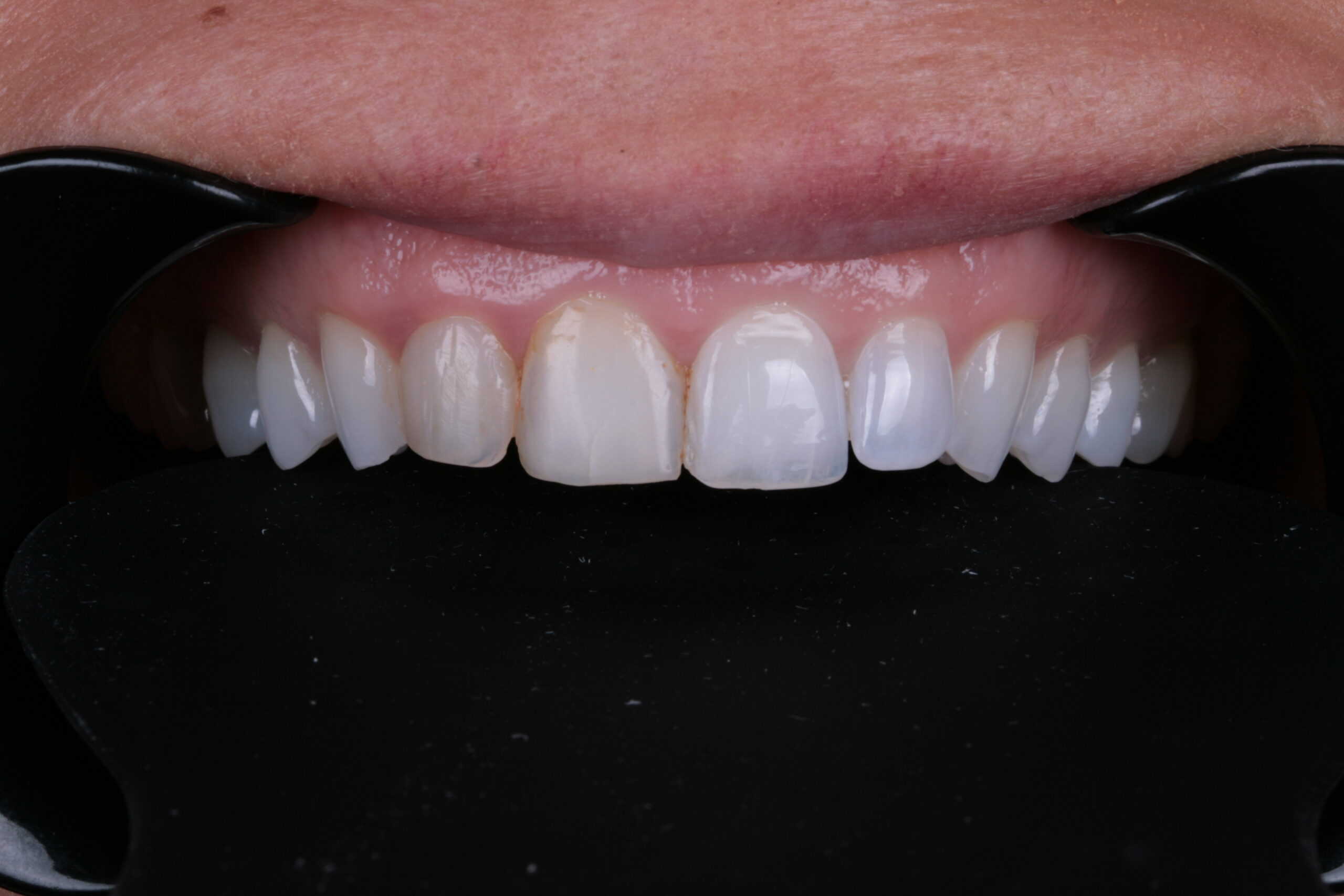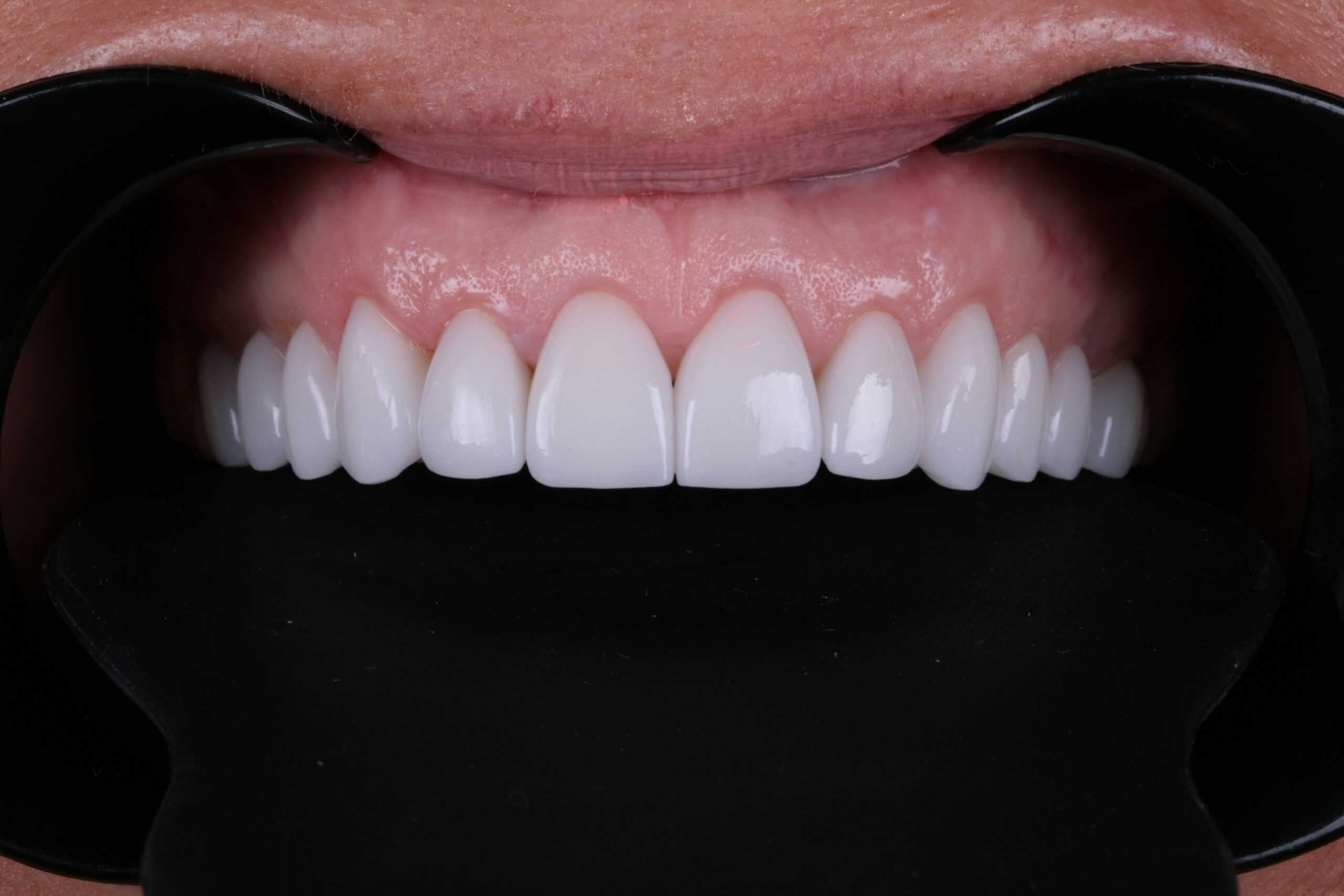In the ever-evolving field of dentistry, technological advancements continue to shape and enhance how dental professionals care for their patients. One such innovation that is revolutionizing the industry is digital dentistry. This cutting-edge approach combines advanced technology with traditional dental practices, allowing for more accurate diagnoses, efficient treatment planning, and improved patient experiences. This article will delve into the various aspects of digital dentistry and explore its usefulness in 2023 and beyond.
Exploring the Benefits of Digital Dentistry
1. Enhanced Diagnostic Capabilities
Digital dentistry enables dentists to capture high-resolution images of the teeth, gums, and oral structures using advanced imaging techniques. These images, such as digital X-rays and 3D scans, provide a comprehensive view of the patient’s oral health, allowing for more precise diagnoses. Dentists can create customized treatment plans and prevent further complications by detecting dental issues early.
2. Efficient Treatment Planning
Traditionally, treatment planning in dentistry involved physical molds and manual measurements. With digital dentistry, this process has become streamlined and highly accurate. Utilizing sophisticated software, dentists can digitally map out treatment plans, simulate desired outcomes, and communicate them effectively to the patient. This saves time and allows patients to visualize the potential results, leading to informed decision-making.
3. Precise Restorations and Prosthetics
Digital dentistry has significantly transformed the creation of dental restorations and prosthetics. Computer-aided design and manufacturing (CAD/CAM) systems enable dentists to fabricate crowns, veneers, bridges, and dentures with exceptional precision and efficiency. Patients can benefit from quicker and more accurate restorations by eliminating the need for manual adjustments and multiple appointments, resulting in improved aesthetics and functionality.
4. Minimally Invasive Procedures
One of the primary goals of modern dentistry is to provide minimally invasive treatments. Digital dentistry plays a crucial role in achieving this objective. With advanced imaging technologies, dentists can precisely plan and execute procedures, such as dental implant placements and root canal treatments, with minimal trauma to the surrounding tissues. This results in faster healing times, reduced discomfort, and improved patient satisfaction.
5. Improved Patient Experience
Digital dentistry enhances clinical outcomes and prioritizes patient comfort and convenience. Digital platforms allow dentists to communicate with their patients, share treatment information, and provide virtual consultations. This allows for better patient engagement and ensures they remain well-informed throughout their dental journey. Additionally, digital technologies can help reduce anxiety and fear associated with dental visits, ultimately enhancing the overall patient experience.
The Future of Digital Dentistry
As we step into 2023, the future of digital dentistry appears promising. Technological advancements continue to push the boundaries of what is possible in oral healthcare. Here are some trends that are likely to shape the landscape of digital dentistry:
1. Artificial Intelligence in Diagnosis
Artificial intelligence (AI) is making its mark in various industries, and dentistry is no exception. AI-powered algorithms can analyze vast amounts of dental data and aid in the early detection of oral diseases. By leveraging machine learning capabilities, dentists can provide more accurate diagnoses and personalized treatment plans, improving patient outcomes.
2. Virtual Reality in Dental Education
Virtual reality (VR) technology is revolutionizing dental education and training. Dental students can practice various procedures in a realistic virtual environment with VR headsets and interactive simulations. This immersive learning experience enhances their skills, confidence, and understanding of complex dental concepts, producing well-trained and competent professionals.
3. Teledentistry for Remote Care
Teledentistry, a branch of telehealth, allows dental professionals to diagnose and treat patients using digital communication platforms remotely. This approach is precious for individuals in rural or underserved areas with limited dental care access. Through video consultations and image sharing, dentists can provide timely guidance, monitor progress, and ensure that patients receive necessary care even from a distance.
4. 3D Printing of Dental Prosthetics
The field of 3D printing has gained significant traction in dentistry, enabling the production of customized dental prosthetics with utmost precision. This technology allows for faster turnaround times, cost-effectiveness, and greater flexibility in designing and fabricating dental restorations. As 3D printing advances, it holds the potential to revolutionize the dental laboratory workflow and improve accessibility to quality dental prosthetics.
5. Integration of Big Data and Analytics
With the growing availability of digital dental records, integrating big data and analytics can provide valuable insights into oral health trends and patterns. This vast data can help identify potential risk factors, optimize treatment approaches, and contribute to preventive oral healthcare strategies. Dental professionals can make evidence-based decisions and enhance patient care by harnessing the power of data analytics.
Embracing Digital Dentistry for a Brighter Future
The rapid progress of digital dentistry offers numerous advantages to both dental professionals and patients. By embracing this innovative approach, the dental industry can revolutionize oral healthcare delivery, providing more accurate diagnoses, efficient treatment planning, and improved patient experiences. As we move into 2023 and beyond, dental practices must stay updated with the latest advancements and integrate digital technologies into their workflows. This will enhance their competitiveness and ensure that they continue to deliver high-quality dental care in a rapidly evolving healthcare landscape.
In conclusion, digital dentistry is a game-changer in dentistry, offering many benefits that enhance patient care and practice efficiency. Its ability to provide accurate diagnoses, efficient treatment planning, precise restorations, and minimally invasive procedures has revolutionized how dental professionals deliver oral healthcare. As technology advances, the future of digital dentistry holds even more exciting possibilities, such as AI-driven diagnostics, VR-based education, and 3D printing of dental prosthetics. By embracing these trends and integrating digital technologies, dental practices can stay ahead in the competitive landscape, providing exceptional care and ensuring a brighter future for oral health.

